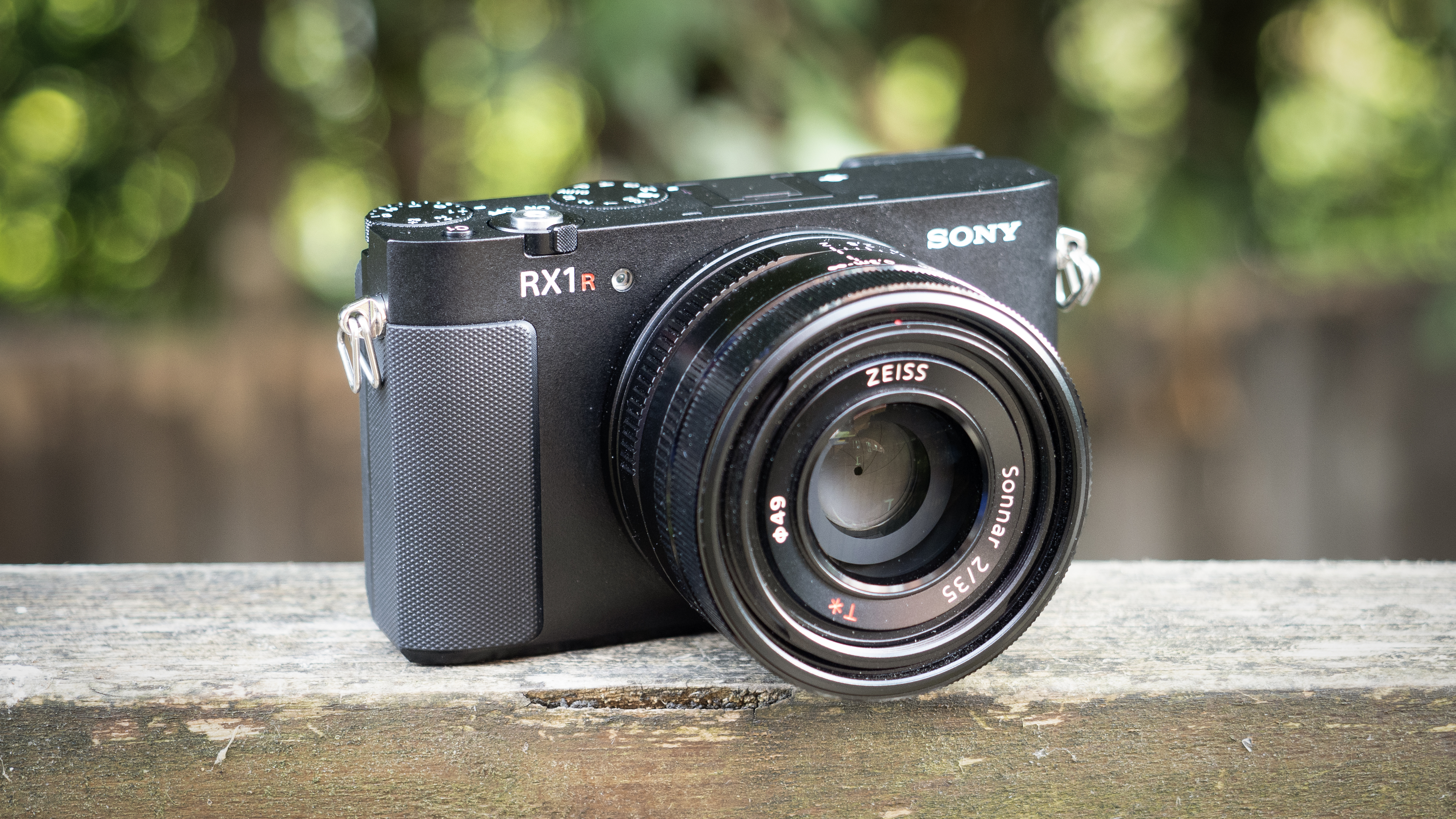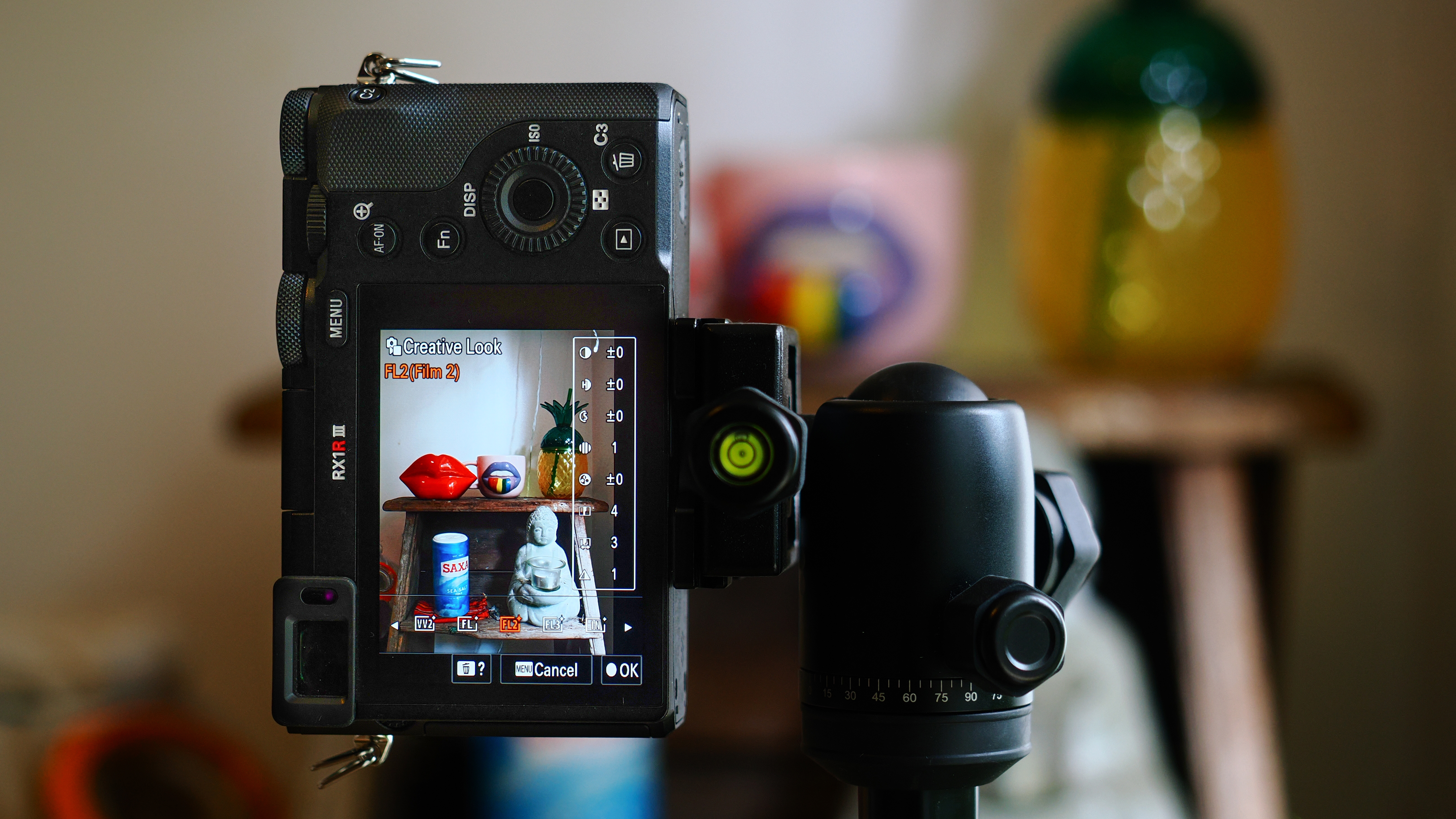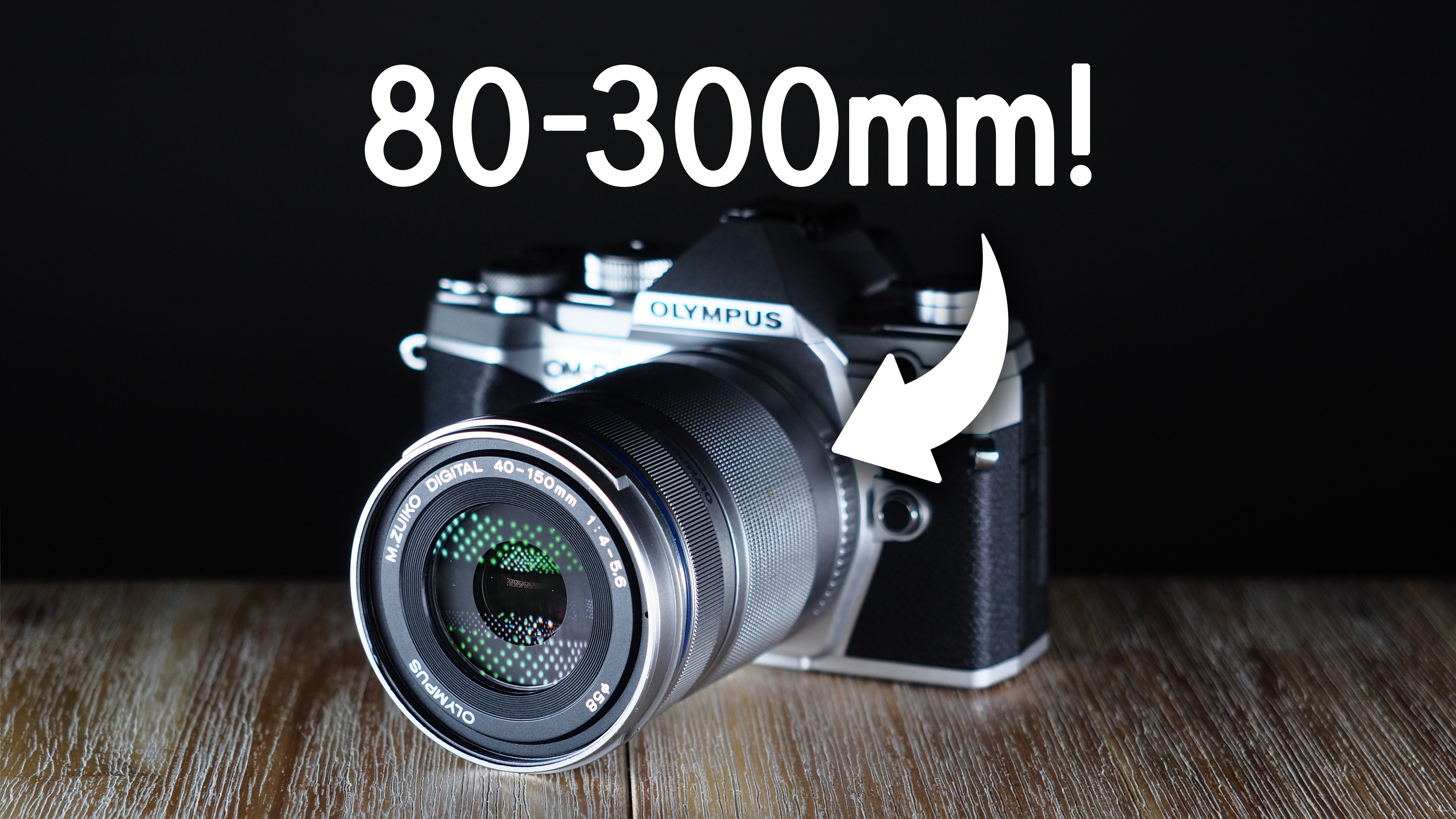Sony RX1R III vs Leica Q3 / 43: Which full frame compact camera is king?
It's the battle of full frame compacts: Sony RX1R III vs Leica Q3 and Q3 43. Which 61MP camera comes out on top?
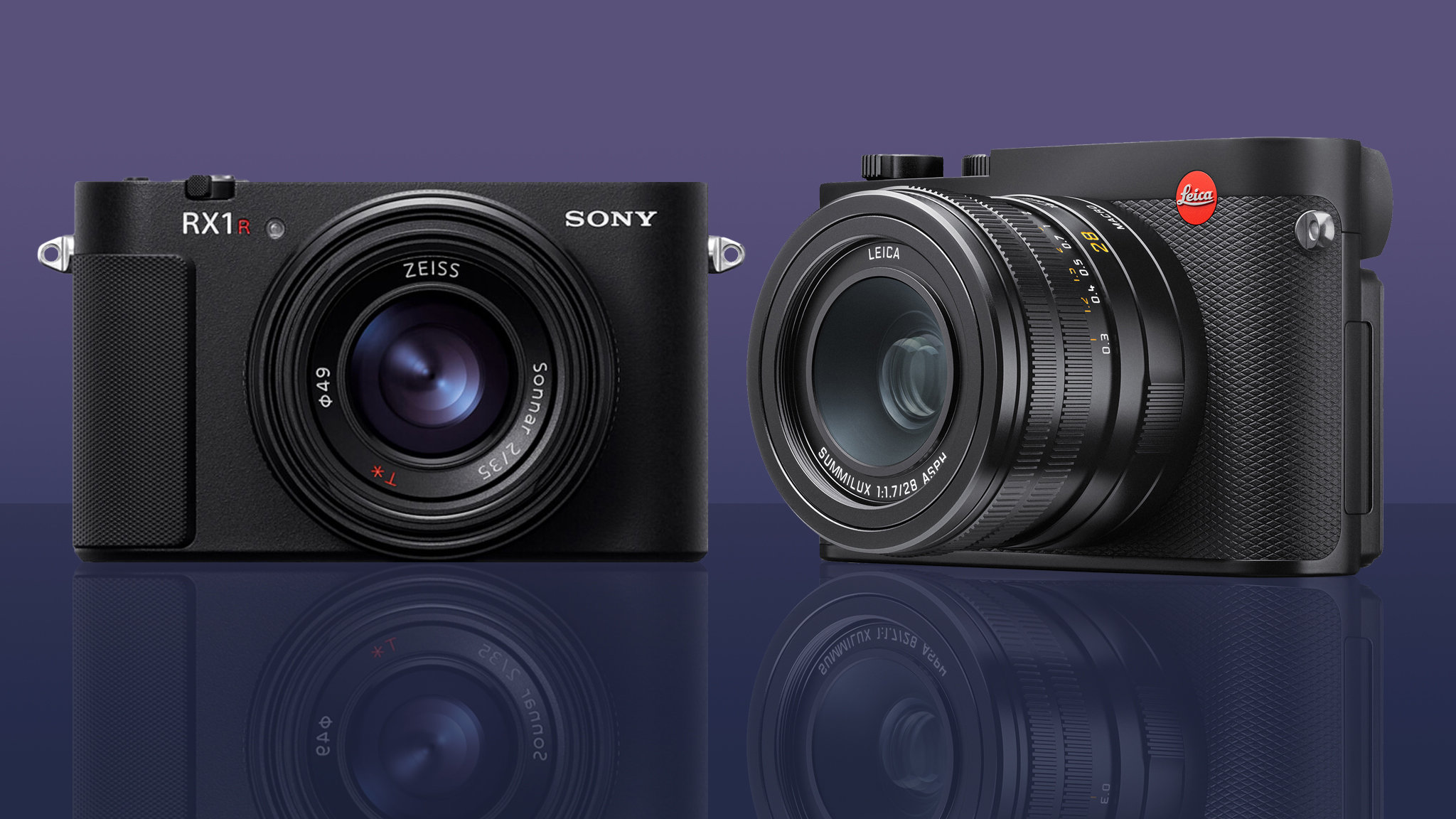
For a long time, Leica ruled the roost when it came to full frame compact cameras. But while the Q series had the playpen all to itself for almost ten years, that all changed with the long-awaited launch of the latest RX1R. So now we've got two competing 60MP compacts duking it out: the Sony RX1R III vs Leica Q3 / 43.
With the Sony RX1R III we're looking at one of the smallest cameras you can buy – obviously crucial for a compact camera – compared to the slightly chunkier Leica Q3 and Q3 43 that pack in a few more features, but also come with mismatched focal lengths.
So what's more important to you – size? Autofocus performance? Digital zoom options? Weather sealing? The ability to shoot 8K video? The Sony RX1R III vs Leica Q3 / 43 showdown isn't as straightforward as it seems, so buckle in and let's take a closer look…
Sony RX1R III vs Leica Q3 / 43: Price
• Sony RX1R III – $5,098 / £4,200 / AU$7,999.
• Leica Q3 – $6,735 / £5,300 / AU$11,090
• Leica Q3 43 – $7,380 / £5,900 / AU$11,990
There's no question that we're looking at premium products, here, and it probably isn't a shocker that the Leicas cost more – but it may be a bit of a surprise that the Sony costs as much as it does.
Still, being at least a grand cheaper in every region, and significantly more in the US and Australia, first blood goes to the RX1R III.
🏆 Winner: Sony RX1R III
Sony RX1R III vs Leica Q3 / 43: Lens
• Sony RX1R – Zeiss T* Sonnar 35mm f/2
• Leica Q3 – Leica Summilux 28 f/1.7 Asph
• Leica Q3 43 – Leica APO-Summicron 43 f/2 Asph
Here's where things start to get interesting. All three of these cameras have integrated lenses – which means that they are built into the bodies and cannot be changed. As such, you're stuck with the focal length – so you'd better pick the one that's right for you!
That said, focal length is a subjective thing – so I can't tell you which one is "best". However, I can tell you that of the three, I'd pick the 35mm.
The majority of people will tell you that 35mm is the best lens for street photography – and it's the same case for reportage and documentary. Some would argue that 35mm is the best lens for travel photography, too, and it's also great for everyday shooting.
That said, many street purists swear by 28mm – much more of a wide-angle lens that squeezes more of the environment into your scene. However, unless it's a focal length you're familiar with, I'd argue that it's actually a little uncomfortable to shoot with, and much harder to get to grips with than 35mm.
By contrast, 43mm might be the most comfortable focal length of the bunch. It's almost a nifty fifty, the "standard" perspective that's widely believed to be closest to that of the human eye. So it produces very naturalistic shots that are again great for everyday shooting.
However, while you can crop into the wider lenses to achieve a 50mm field of view (more on that below), there's no way to make this 43mm lens any wider – so you're going to lose versatility.
In terms of technical lens performance, all three are excellent optics. The 28mm f/1.7 is the fastest lens here, which will enable you to work comfortably in lower light conditions, but shooting this wide it's not going to help you much with subject separation.
It is worth noting that the two Leicas have lens-based stabilization, where the Sony does not. While the stabilization isn't as good as other cameras, if you're shooting video, you'll definitely appreciate having a bit of shake compensation on the Leicas – and you'll definitely miss it on the Sony. So bear that in mind if you intend to do a lot of filming.
🏆 Winner: Draw
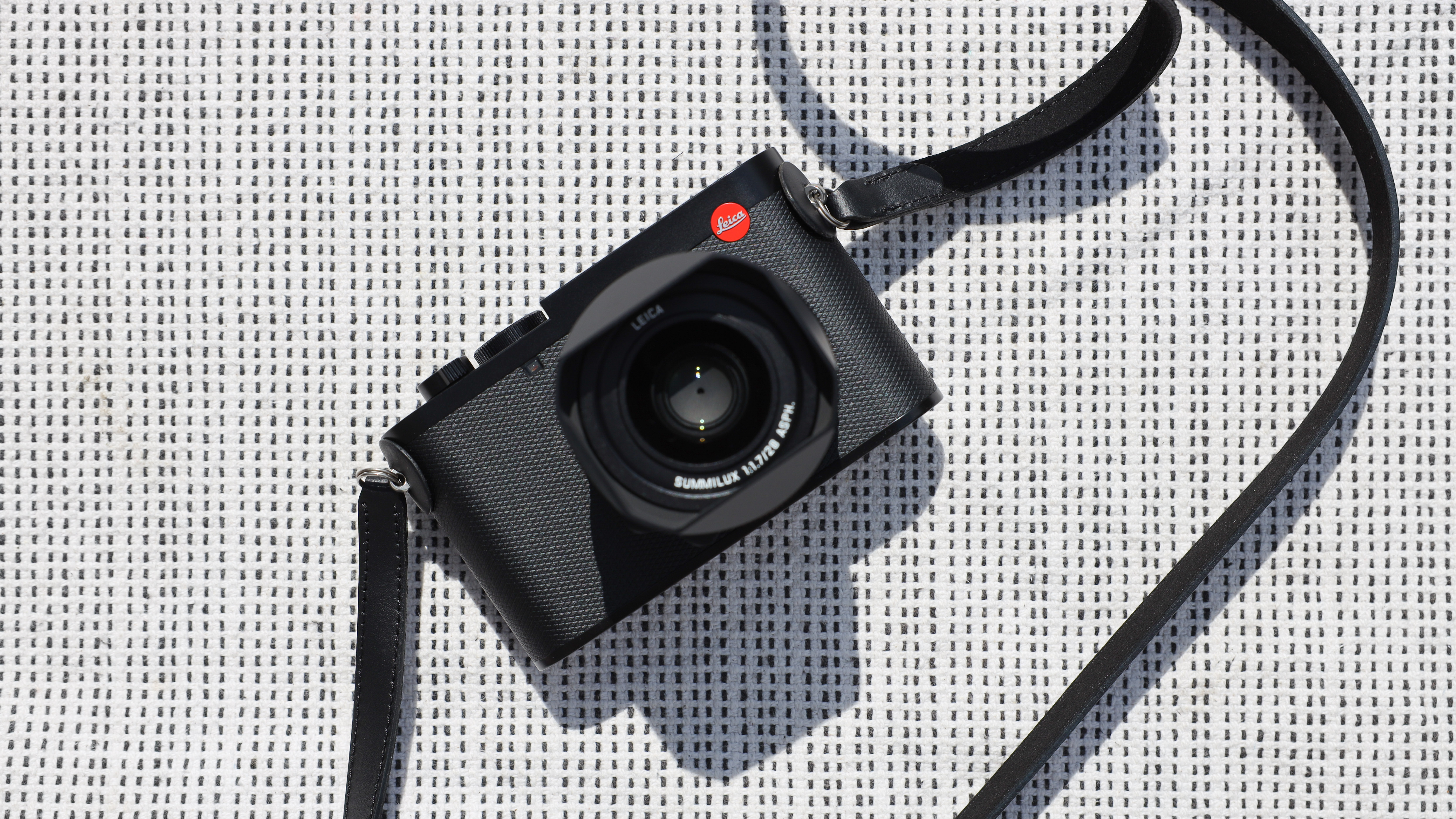
Sony RX1R III vs Leica Q3 / 43: Sensor
• Sony RX1R – 61MP, ISO100-32,000 (exp. to ISO50-102,400)
• Leica Q3 – 60.3MP, ISO100-100,000
• Leica Q3 43 – 60.3MP, ISO100-100,000
Unlike their focal lengths, all three cameras share pretty much the same sensor resolution. However, the other characteristics of their sensors are quite different.
The Leicas have higher ISO ceilings, so you can expect much cleaner images if you push the sensitivity – potentially important if you want to shoot at night or in other low-light conditions.
But perhaps the biggest difference between the sensors is the degree of digital zoom they offer. Each camera uses the full 61MP sensor area for its native focal length, but applies a crop to achieve additional focal lengths:
• Sony RX1R – (35mm) 50mm, 70mm
• Leica Q3 – (28mm) 35mm, 50mm, 75mm, 90mm
• Leica Q3 43 – (43mm) 60mm, 75mm, 90mm, 120mm, 150mm
Obviously, given that the cameras are cropping into the sensor in order to "zoom", each successive focal length shoots at lower and lower resolutions; on the RX1R, for example, you're looking at 29.4MP at 50mm and 15MP at 70mm. With the Q3 you're down to 8MP at 90mm, and the Q3 43 drops to 7MP at 150mm.
This sounds very severe, but such resolutions are more than enough for social media and web use – and you can still get decent-sized prints out of a 15MP image if you shoot with due consideration.
Obviously nothing is going to replace the ability to optically switch lenses, but these digital crops are far more useful than you might think – in fact, I find them almost essential when I take any of these cameras out shooting.
Between the higher ISO capabilities and the fact that the digital crops make the native lenses so much more versatile, this one is an easy win for the Leicas.
🏆 Winner: Leica Q3 / 43
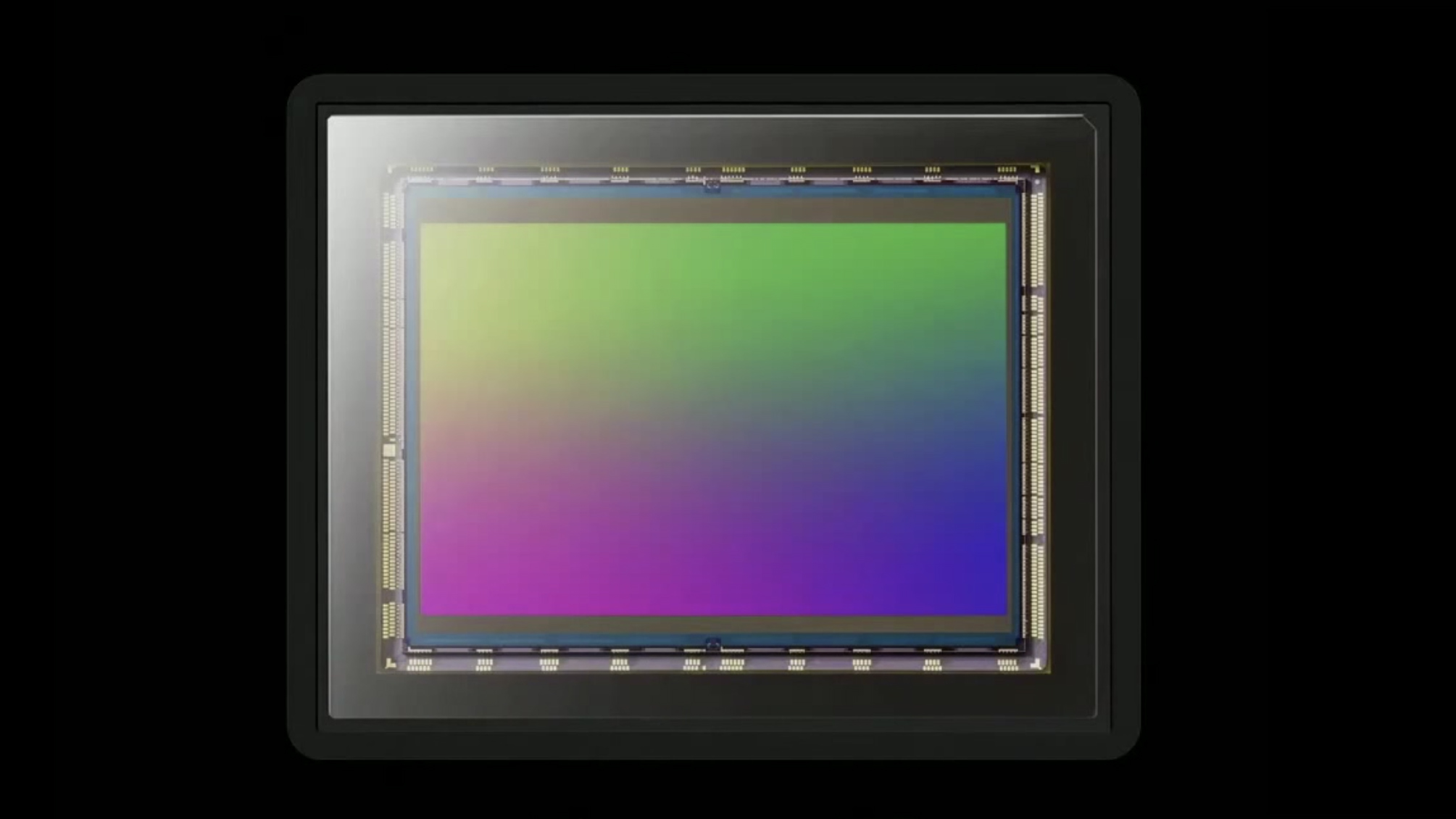
Sony RX1R III vs Leica Q3 / 43: Build & handling
• Sony RX1R – 113.3 x 67.9 x 87.5 mm, 498g (w/ card & battery)
• Leica Q3 – 130 x 80.3 x 97.6 mm, 743g (w/ card & battery)
• Leica Q3 43 – 130 x 80.3 x 97.6 mm, 772g (w/ card & battery)
First of all, it has to be noted that the Sony camera is small. Really, really small. How small is the Sony RX1R III? It's smaller than the full-frame Leica compacts, it's smaller than the APS-C Fujifilm X100VI compact, and it's actually smaller (but taller) than the Leica D-Lux 8 Micro Four Thirds compact.
And as you'll see in my size comparison, it's smaller than the smallest full frame mirrorless camera with a 35mm lens – that being the Sigma BF. So if you want a compact camera that's actually compact and lightweight the RX1R III wins by a country mile. The Q3s are comparatively chunky and heavy, and aren't really compact by any conventionaln definition.
Of course, there are other considerations when it comes to build and design. Such as the fact that the Sony has no official weather sealing, while both the Leicas do. But perhaps most importantly, the RX1R III has a fixed rear screen whereas the Q3 twins both have tilting screens.
In the field, this makes a huge difference to their usability. While the screens themselves are much of a much – all being 3-inchers, with the Sony coming in at 2.36 million dots compared to the 1.84 million of the Leicas – being able to tilt the LCDs and shoot from the waist on the Q3s makes them so much more versatile.
The electronic viewfinders (EVFs) are another matter. For a $5,000 camera the 2.36 million dots feels a little bit churlish in the RX1R III. It's perfectly serviceable, and I never once felt that it affacted my shooting, but the 5.76 million-dot resolution of the Q3 and Q3 43 is just so much clearer and more defined.
While I think the Sony feels like a premium camera in the hand, its menu system is famously ugly and unfriendly. The Leicas, by contrast, are dripping with luxury from the way they look to the beautiful textured feel to the sleek user interface. And of course, there's that exclusive red dot.
If size is the overriding factor then the Sony takes this by first-round knockout. In every other way, though, this is a TKO for Leica.
🏆 Winner: Leica Q3 / 43
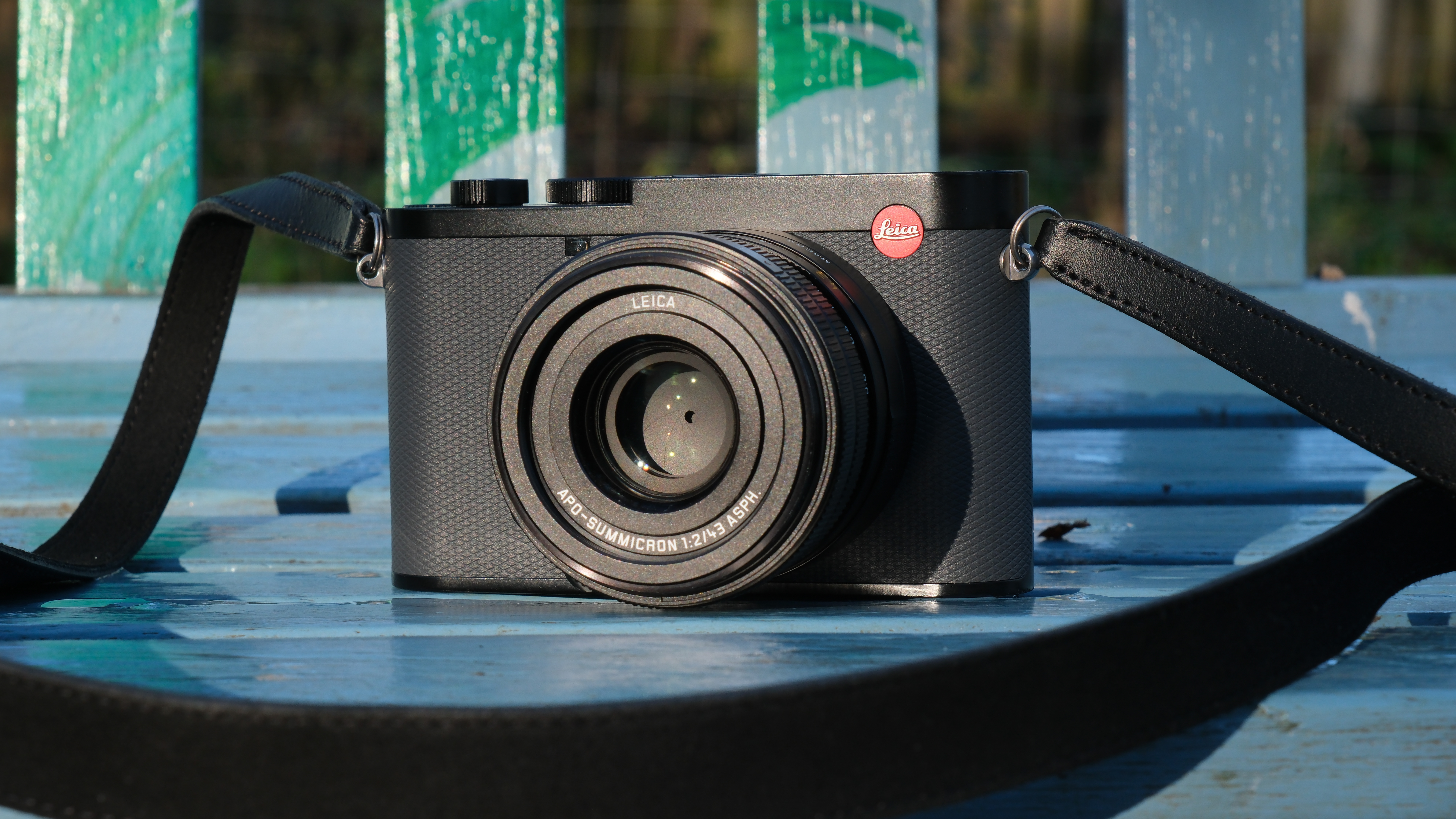
Sony RX1R III vs Leica Q3 / 43: Photo
• Sony RX1R – 5fps burst, 693-point hybrid AF
• Leica Q3 – 15fps burst, 315-field hybrid AF
• Leica Q3 43 – 15fps burst, 315-field hybrid AF
File fidelity aside, for stills shooting specs, Sony really has this one wrapped up.
Let's talk bursts, first of all. Leica has things sewn up in terms of speed, maxing out at 15fps continuous shooting (67 JPEG / 63 RAW / 63 RAW & JPEG) compared to the 5fps of the Sony (120 JPEG / 52 RAW / 14 RAW & JPEG).
This one is a bit of a non-factor for me, though. There's only so much fast action you're going to shoot with a 28 / 35 / 43mm street camera; after all, these aren't sports or wildlife bodies.
I think 5fps is perfectly fine for the kinds of photography you'll actually be doing with these cameras – and when you consider the autofocus, the performance is kind of on par anyway.
Sony's AF is simply lightyears ahead of Leica's; it's faster, more accurate, more intelligent, more sticky and more stable. For basic face detection the Q3 twins will do a great job, but other algorithmic focus such as for animals is really hit and miss.
The RX1R III has superb AF, and a wealth of subject detection modes that work wonders – from vehicles and animals to the one that really surprised me, insect AF. This, paired with macro mode and the 70mm digital zoom, kept me entertained for hours photographing hungry bees in a community garden on a summer day!
Obviously manual and zone focusing is a different matter, and the Leicas with their distance scale and larger lenses are far better for this purpose. In all other respects, though, this one goes to Sony.
🏆 Winner: Sony RX1R III
Sony RX1R III vs Leica Q3 / 43: Video
• Sony RX1R – 4K 30p 4:2:2 10-bit, FullHD 120p 4:2:2 10-bit
• Leica Q3 – 8K 30p 4:2:0 10-bit, 4K 30p 4:2:2 10-bit, FullHD 120p 4:2:2 10-bit
• Leica Q3 43 – 8K 30p 4:2:0 10-bit, 4K 30p 4:2:2 10-bit, FullHD 120p 4:2:2 10-bit
Where the Sony dominated the stills round, when it comes to video it's Leica's tag team that takes the title.
The RX1R III really is more of a pure photo device. If the fixed screen and lack of stabilization weren't evidence enough, you've only to look at the fact that the camera tops out at 4K (albeit very nice, 10-bit 4K) rather than offering 8K or even a 6K option.
The Q3 and Q3 43 both take full advantage of that 61MP sensor by offering 8K recording in 4:2:2 10-bit quality, backed up by tilting screens and stabilization to smooth out your shots (though as noted, this isn't in the same league as IBIS on mirrorless cameras, so you're still best to use a gimbal).
Both cameras support microphones, with the Leicas offering USB support for Røde's popular VideoMic and Wireless products along with other compatible USB mics.
It's worth noting that Leica's sometimes skittish autofocus is even moreso when capturing video, but otherwise this is an obvious win for Team Red Dot.
🏆 Winner: Leica Q3 / 43
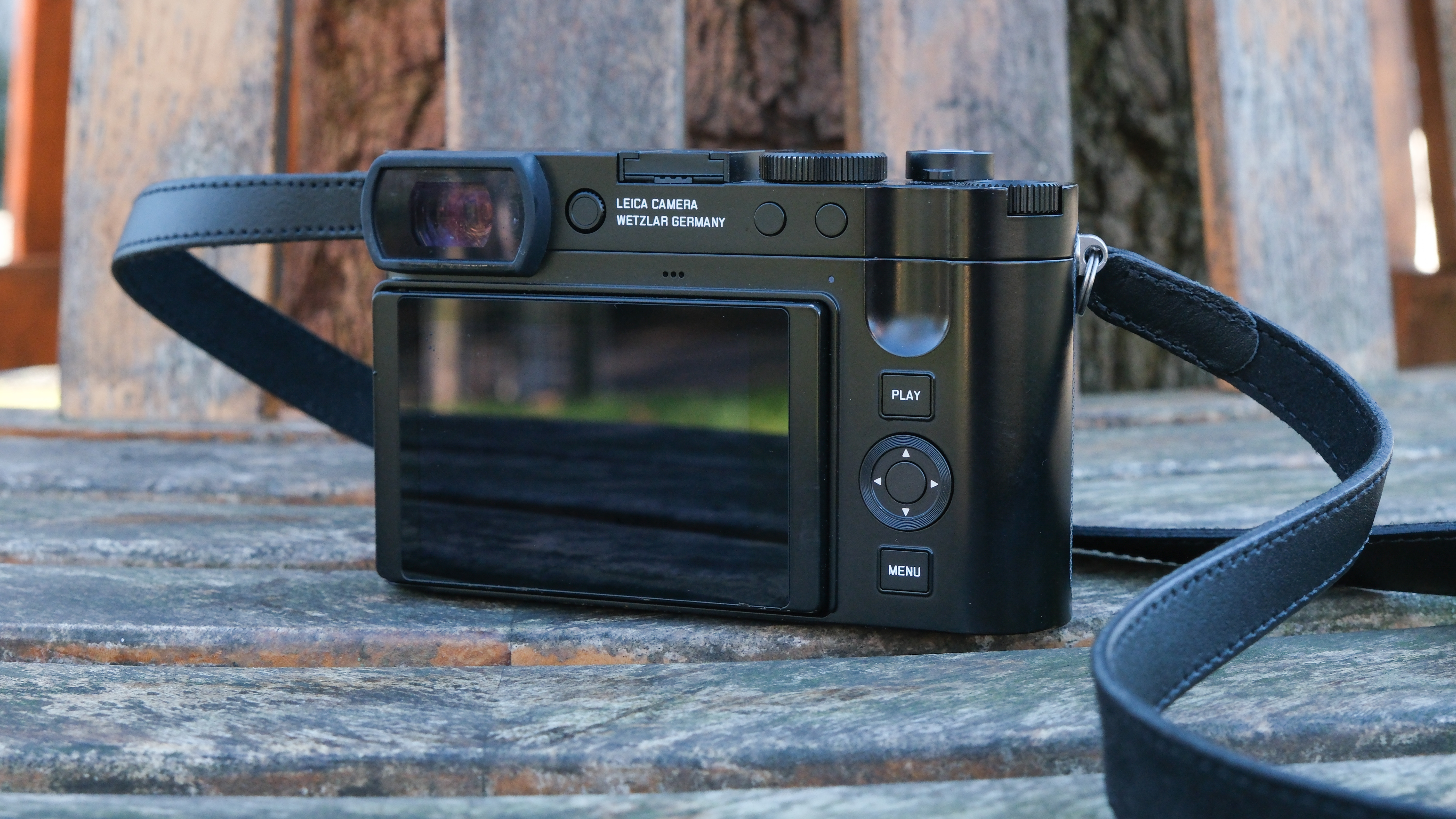
Sony RX1R III vs Leica Q3 / 43: Verdict
On paper, the Leica Q3 and Q3 43 take the edge – but in actual use, I think the Sony RX1R III is more than the sum of its parts. If you're looking for a compact camera with a full frame sensor, you can't really go wrong with either of these cameras.
In short, the Sony is smaller and much more discreet, with a preferable native focal length, far superior autofocus and a genuine feeling of shoot-from-the-hip spontaneity.
The Leicas are larger and more luxurious, and are more versatile for both stills and video – though relying on either the looser AF or manual focus means they're better suited to more measured shooting.
For what it's worth, given the choice, the RX1R III is the camera I enjoy using more and is the one I would personally choose to take away with me on a trip. But that red dot is definitely going to turn more heads!
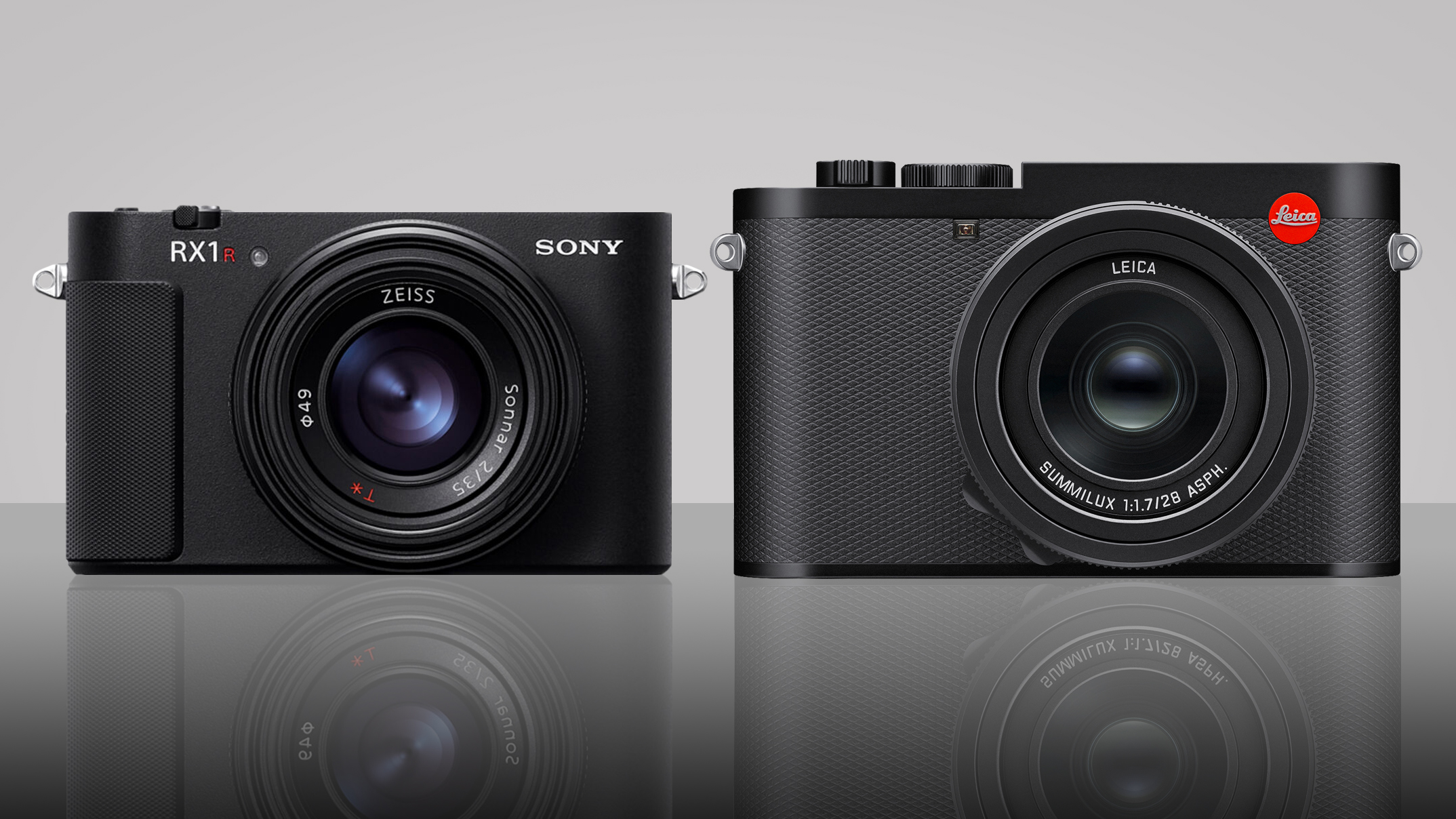
You might also like…
If you want a 61MP sensor in a small-ish mirrorless camera body with interchangeable lenses, check out the Sony A7CR. Otherwise, take a look at the best Sony cameras and the best Leica cameras across all categories to see if anything else better suits your needs.
The best camera deals, reviews, product advice, and unmissable photography news, direct to your inbox!

James has 25 years experience as a journalist, serving as the head of Digital Camera World for 7 of them. He started working in the photography industry in 2014, product testing and shooting ad campaigns for Olympus, as well as clients like Aston Martin Racing, Elinchrom and L'Oréal. An Olympus / OM System, Canon and Hasselblad shooter, he has a wealth of knowledge on cameras of all makes – and he loves instant cameras, too.
